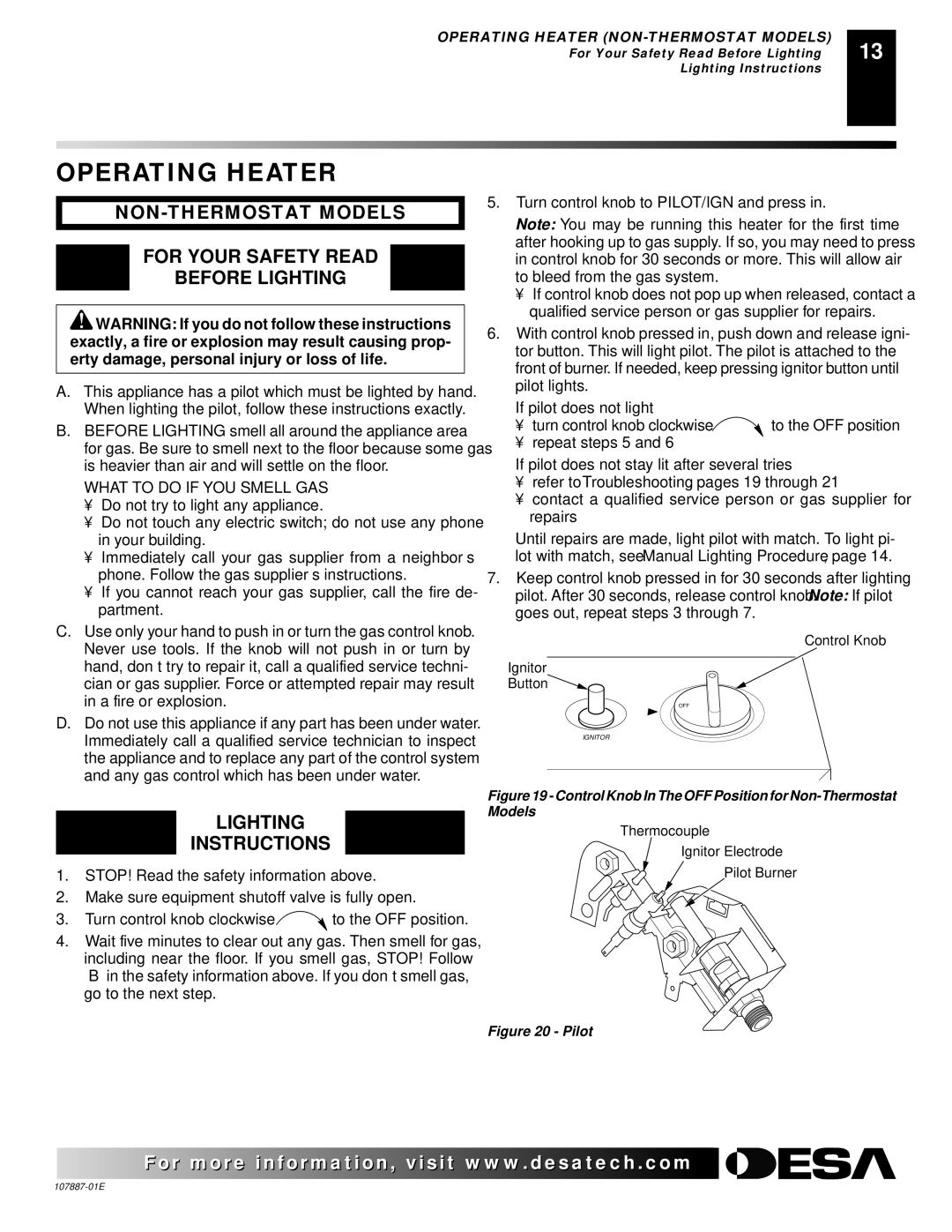VN18, VP16, VN18T, VN25IT, VP22IT specifications
Desa VN18, VN30T, VP16, VP26T, and VP16T are a series of innovative devices tailored to meet diverse needs in various applications, ranging from industrial to consumer markets. Each model embodies distinct features, technologies, and characteristics that enhance performance and usability.The Desa VN18 is renowned for its compact structure and lightweight design, making it ideal for small-scale applications. It integrates a sophisticated energy-efficient system that minimizes power consumption while maximizing output. This model supports various connectivity options, ensuring seamless integration with existing systems. Additionally, the VN18 is equipped with an intuitive user interface that simplifies operation, making it accessible even for those with limited technical experience.
In contrast, the VN30T offers enhanced capabilities suitable for medium to large-scale operations. This model boasts an impressive processing power, enabling it to handle more complex tasks with ease. The VN30T features advanced cooling technologies that keep the unit operating optimally, even under heavy workloads. Furthermore, its durable construction ensures longevity and reliability, making it a preferred choice for industrial environments.
The VP16, designed with versatility in mind, excels in adaptability across multiple applications. It offers interchangeable components, allowing users to customize setup based on specific needs. The technology embedded within the VP16 includes smart sensors that provide real-time feedback, helping users to monitor performance and adjust settings accordingly. This level of adaptability makes the VP16 an invaluable asset in dynamic working conditions.
Next in the lineup is the VP26T, which stands out for its robust performance under demanding conditions. With a focus on safety features, this model includes multiple fail-safes and redundancy systems that ensure consistent operation, even in emergencies. The VP26T is designed for heavy-duty applications, featuring enhanced materials that resist wear and tear, thereby prolonging its lifespan.
Finally, the VP16T combines the best aspects of its predecessors while introducing new technological advancements. It utilizes cutting-edge automation technologies that enable remote control and monitoring, enhancing user convenience. The VP16T's power management system optimizes energy use based on operational demands, contributing to both cost savings and sustainability.
Overall, Desa VN18, VN30T, VP16, VP26T, and VP16T represent a forward-thinking approach to design and functionality, addressing the evolving needs of users across various sectors. With their unique features and robust technologies, these models are set to redefine standards in their respective categories.

